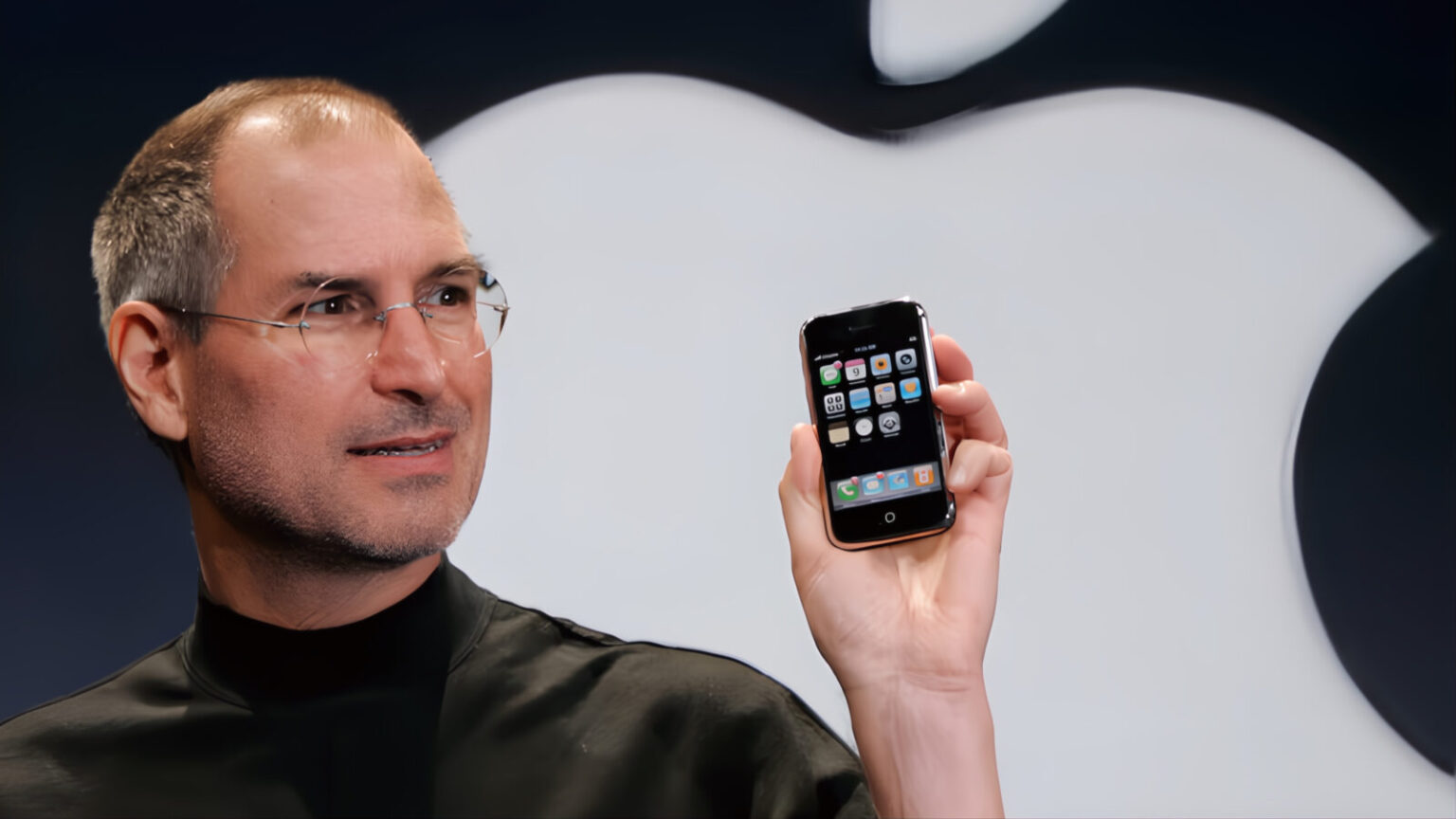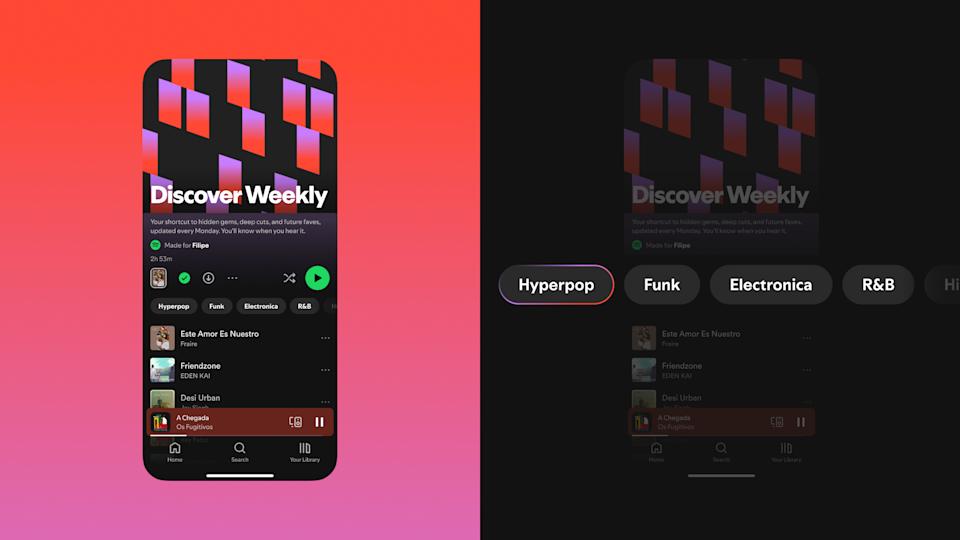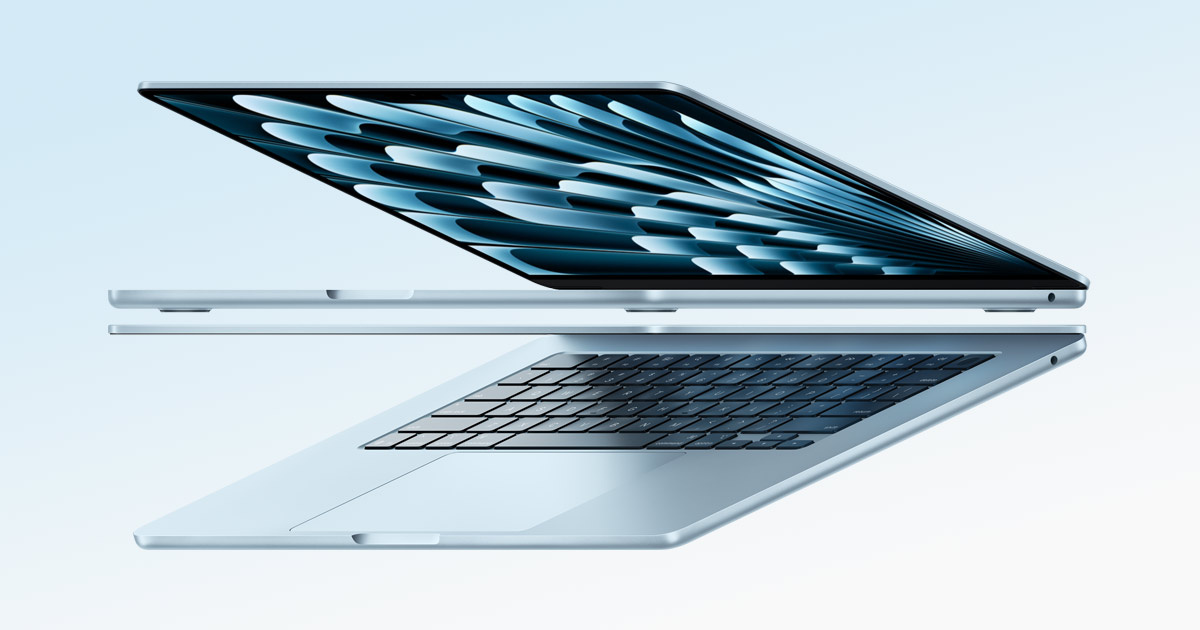Eighteen years ago, on June 29, 2007, Apple quietly shifted the landscape of personal technology by releasing its original iPhone. Announced by Steve Jobs earlier that January, the device arrived after months of anticipation—and long lines outside Apple Stores—offering a then-unprecedented blend of touchscreen navigation, mobile web browsing, and media playback. Priced at $499 for the 4 GB model and $599 for 8 GB, both versions required a two-year AT&T contract in the U.S., and operated on the slower EDGE network rather than 3G, which meant that streaming video was often pixelated and simultaneous calling and web use weren’t possible.
Despite those early limitations, the iPhone’s capacitive display and intuitive multi-touch gestures set a new bar for smartphones, prompting other manufacturers to rethink hardware design and operating systems. By February 2008, Apple had phased out the 4 GB version, replacing it with a 16 GB model, and later that summer introduced the iPhone 3G—its first device with true 3G connectivity and a significantly reduced price of $199 for 8 GB. These strategic adjustments helped cement the iPhone’s foothold in a market that, until then, had been dominated by feature-phone form factors and stylus-based interfaces.
Over the following years, successive iPhone models would refine performance, camera quality, and battery life, but the original remains notable for demonstrating how closely integrated hardware and software could enhance user experiences. Collectors have even driven up the value of unopened first-generation units—one mint 4 GB iPhone fetched more than $190,000 at auction in 2023—underscoring its cultural and historic significance.
It wasn’t until late 2009 that the first serious challenge emerged, when Android 2.0 Eclair, offered a comparable touchscreen experience. Yet by then, Apple had already laid a foundation that prioritized seamless mobile internet, app ecosystems, and effortless media consumption. In the years since, the smartphone has become indispensable to daily life, influencing everything from photography and navigation to banking and entertainment.
Reflecting on this 18-year milestone, it’s clear that the first iPhone’s blend of hardware innovation and software polish did more than launch a product line—it helped redefine how we engage with technology on a daily basis. While other devices have come and gone, that inaugural model endures as a reminder of how a single device can spark a generation of change.
Watch the keynote:





